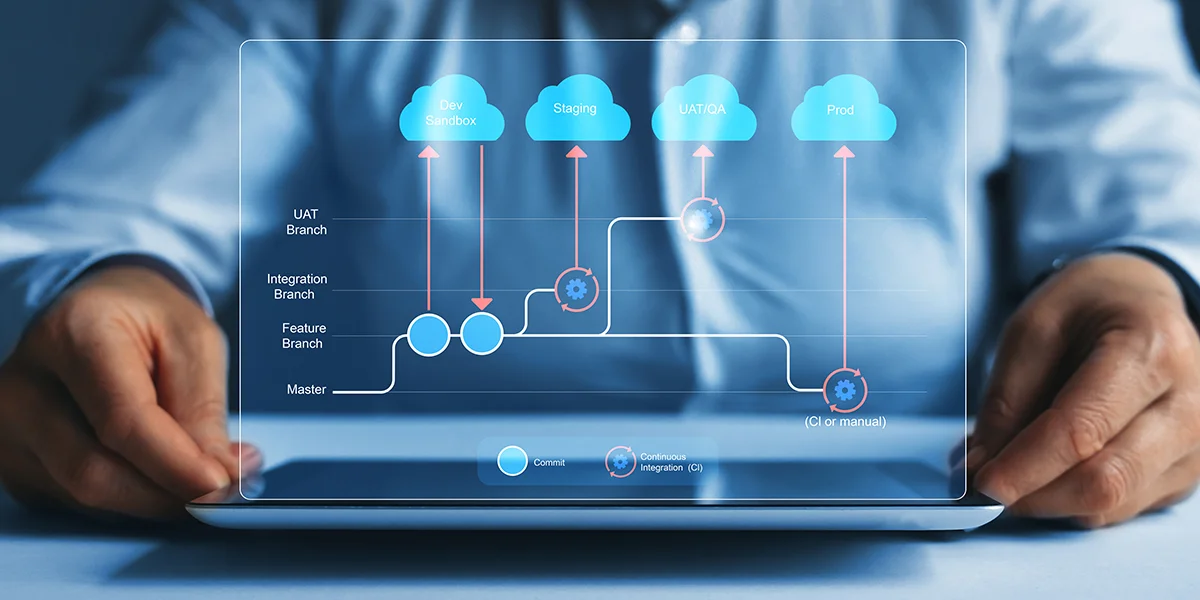Call listening or monitoring enhances your quality assurance process and improves the overall effectiveness of your customer service support team. It can be challenging for companies with a wide range of products to ensure call center efficiency. When customers call, they need answers. They need those answers to be fast and accurate.
Meanwhile, call center managers should focus on optimizing key performance indicators (KPIs):
- Call handover rates
- Minutes spent on call
- Customer wait times
Naturally, the most skilled representatives provide better customer service. And better customer service creates higher customer satisfaction. This is a no-brainer.
It’s also an important way to gain customer feedback. Knowing what your customers want helps you better address their needs, providing a superior customer service experience.
According to Microsoft’s State of Global Customer Service Report, 61% of customers switched to a competitor due to lackluster service. For many consumers, the customer service representatives literally is the “face of the company”.
So call listening is critical to enhancing call center performance—and improving a company’s bottom line.
What is call listening?
Call listening or monitoring is the process of listening to an agent and caller in real time. Call listening aims to ensure quality standards. There are multiple ways to approach call listening. Manual call listening, executed by staff, is the most common.
For instance, the manager of a call center team might evaluate the recorded responses of call center agents. A manager sits next to a customer service representative and observes, then provides immediate feedback.
Companies may also use specialized call monitoring software for their call listening. These tools let the call center team manager select agents from a live monitoring link. The software displays relevant information about the agent and the caller.
Helpdesks can save these calls. They can add tags for easy retrieval at a later date. The software also lets managers know which calls might benefit from live call monitoring.
Why call listening empowers Your customer Support teams
Call listening helps identify which skills or areas of knowledge need further improvement. The recordings and call data can help train agents, enhance coaching sessions, and spot lackluster performance.
New agents can listen to the calls of more experienced agents and learn the best ways to handle customers. Managers can monitor a new agent’s performance and offer personalized feedback. This reinforces customer service skills and benefits the entire team. By building skills and improving agent performance, call listening increases the overall efficiency of a customer service team. Bottlenecks dissolve, frustration decreases, employee morale improves.
It also increases customer satisfaction and loyalty. A recent report shows 47% of consumers have switched brands due to bad customer service. Customers should be satisfied with call resolution. Those who experience poor service with your company may very well turn to the competition.
How to develop an effective call listening program
To develop an effective call listening program you have to understand the needs of your customers. Measure and monitor what your customers value. Make sure your customer support agents address those issues and observe proper customer communication.
Good call listening also makes your operation more cost-effective. Call monitoring metrics provide critical customer feedback. This information paints a picture of overall call center performance and service level. You can use that information in a targeted way to improve specific communication skills.
Of course, it might be tricky to monitor your own company’s performance in an objective way. An internal team may be too close to the relevant issues to clearly see what needs fixing. Even if your company has its own customer service quality department, external quality management could provide valuable new data. You may want to consider hiring an outside firm to monitor calls consistently and without biases influencing the outcome.
Essential Customer Support tips for call monitoring success
Whether your internal team conducts call listening sessions or you’d like guidelines to evaluate an external team’s performance, these tips will help provide insight into any underlying customer support issues:
- Before you start monitoring calls, create a scorecard to measure metrics like customer courtesy. Get feedback from everyone on your team about this, including the support representatives themselves.
- Record calls during the call listening process to reinforce training deficiencies. Your quality monitor can listen to calls in real time or after the fact.
- Use call scoring to pinpoint strengths and deficits based on the scorecard you created. Analyze the scores. What’s working? Does your team need more training? Could you improve your sales scripts and service procedures?
- Give call center agents specific examples of performance deficits during a coaching session.
- Help your customer support representatives set goals and develop action plans for better issue resolution.
- Track progress for the types of calls that scored low on the scorecard.
- Make a remediation plan for representatives who aren’t adjusting in a timely manner.
- Conduct customer service training for the entire team to address common pain points or areas of struggle.
- Create an environment of learning by offering positive reinforcement as well as constructive criticism.
You’ll maximize the value of your call center by monitoring calls, scoring them, and sharing the data with everyone involved.
Final takeaways
Call listening is one of the most effective ways call centers can improve their customer support. By monitoring service representatives during customer interactions, you can:
- Maintain higher quality standards
- Elevate your customer service experience
- Maximize call center performance
When you measure what customers value it becomes less about hitting numbers and more about satisfying customer expectations.
Implementing a Knowledge Base for Better Customer Support
Having a single definitive knowledge base for product information can help your customers get the answers they need. And it can eliminate the need for them to wait for support agent assistance.
The ideal system integrates with your existing help desk software. It should gather all PDFs, FAQs, videos and tutorials into a unified knowledge base. And by leveraging natural language processing, it can scan your knowledge base for the best response material.
To learn more about quality Knowledge Base software options, contact a Tweddle Group representative.



